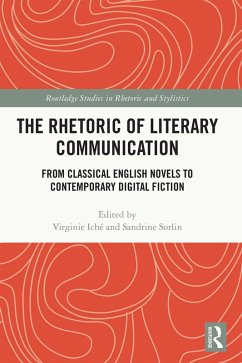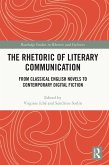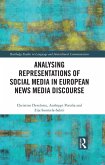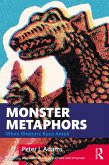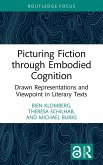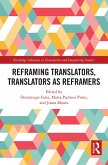The book showcases a diverse range of contributions from scholars in stylistics, rhetoric, pragmatics, and literary studies to offer new ways of looking at the "author-reader channel," drawing on work from Roger Sell, Jean-Jacques Lecercle, and James Phelan. The volume traces the evolution of its form across historical periods, genres, and media, from its origins in the conversational mode of direct address in 18th-century English novels to the use of second-person narratives in the 20th century through to 21st-century digital fiction with its implicit requirement for reader participation. The book engages in questions of how the author-reader channel is shaped by different forms, and how this continues to evolve in emerging contemporary genres and of shifting ethics of author and reader involvement.
This book will be of particular interest to students and scholars interested in the intersection of pragmatics, stylistics, and literary studies.
Dieser Download kann aus rechtlichen Gründen nur mit Rechnungsadresse in A, B, BG, CY, CZ, D, DK, EW, E, FIN, F, GR, HR, H, IRL, I, LT, L, LR, M, NL, PL, P, R, S, SLO, SK ausgeliefert werden.
Robyn Warhol, College of Arts & Sciences Distinguished Professor, The Ohio State University, USA
"This volume opens up a grand vista of the development of reader address, from its use in didactic fiction in the eighteenth century to the interactive app fiction in the 21st century. Perusing it is like diving into a treasure trove of fascinating examples. Through its productive use of the intersections between literary, linguistic and pragmatic theory, it devises new paths of inquiry into the nature and manifestations of literary communication which positions the reader as someone who may be instructed, cajoled, enlisted, affected, challenged or insulted."
Dr. Dorothee Birke, Associate Professor of English Literature, Norwegian University of Science and Technology, NTNU Trondheim, Norway

